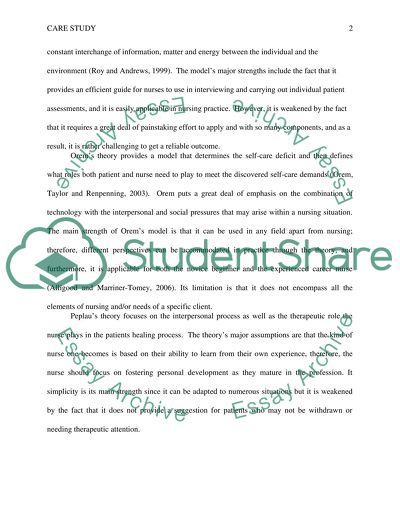Cite this document
(“CARE STUDY Essay Example | Topics and Well Written Essays - 1500 words”, n.d.)
CARE STUDY Essay Example | Topics and Well Written Essays - 1500 words. Retrieved from https://studentshare.org/nursing/1662115-care-study
CARE STUDY Essay Example | Topics and Well Written Essays - 1500 words. Retrieved from https://studentshare.org/nursing/1662115-care-study
(CARE STUDY Essay Example | Topics and Well Written Essays - 1500 Words)
CARE STUDY Essay Example | Topics and Well Written Essays - 1500 Words. https://studentshare.org/nursing/1662115-care-study.
CARE STUDY Essay Example | Topics and Well Written Essays - 1500 Words. https://studentshare.org/nursing/1662115-care-study.
“CARE STUDY Essay Example | Topics and Well Written Essays - 1500 Words”, n.d. https://studentshare.org/nursing/1662115-care-study.


